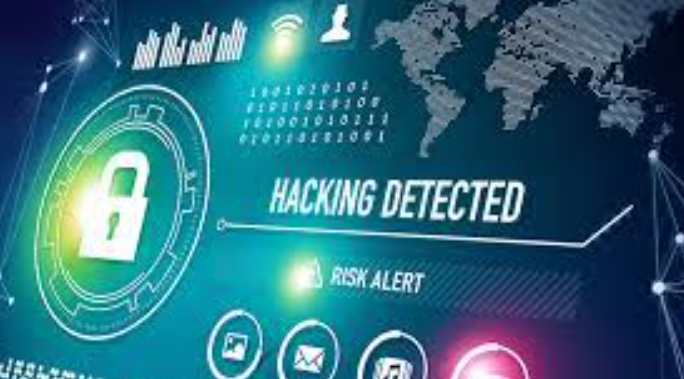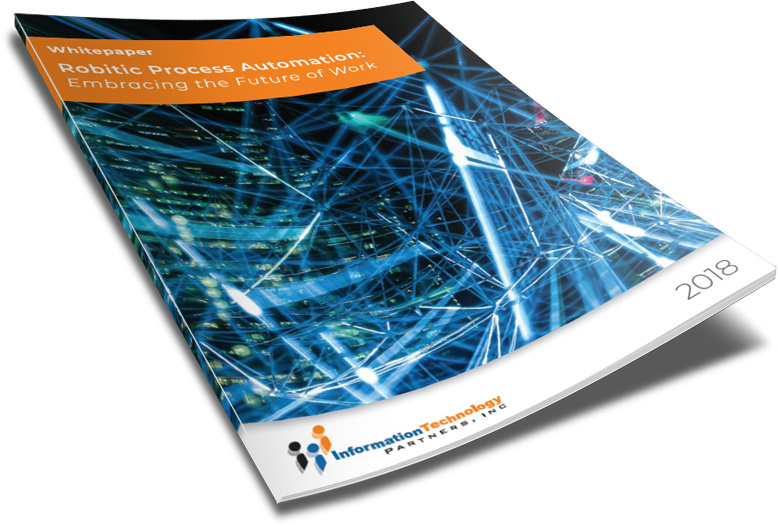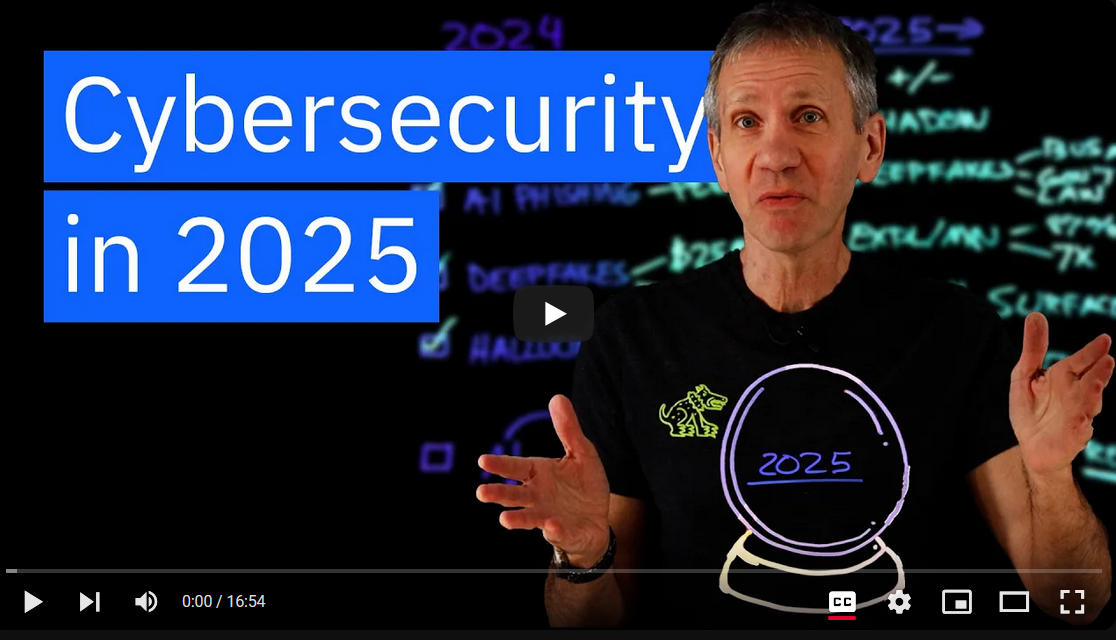TAKE NOTE (Insights and Emerging Technology)

Shares of Accenture slid Thursday after the consulting firm said efforts to tighten federal spending have begun to weigh on its revenues.
Shares tumbled 7.3% after Accenture’s chief executive officer said in a fiscal second-quarter earnings call that the company’s Federal Services business has lost contracts with the U.S. government after recent reviews.
“Federal represented approximately 8% of our global revenue and 16% of our Americas revenue in FY 2024. As you know, the new administration has a clear goal to run the federal government more efficiently. During this process, many new procurement actions have slowed, which is negatively impacting our sales and revenue,” chief executive Julie Spellman Sweet said in the Thursday call to several Wall Street analysts.
Accenture is among the first of the U.S. corporate giants to get hit by the Trump administration’s so-called Department of Government Efficiency, an effort headed by billionaire Elon Musk to downsize federal agencies and consolidate their office spaces.
Sweet said that Accenture’s Federal Services was also affected by guidance from the U.S. General Services Administration to all federal agencies to review their contracts with the top 10 highest paid consulting firms contracting with the U.S. government, and then end contracts that are not considered mission-critical to relevant agencies.
“While we continue to believe our work for federal clients is mission-critical, we anticipate ongoing uncertainty as the government’s priorities evolve and these assessments unfold,” Sweet said.
“We are seeing an elevated level of what was already a significant uncertainty in the global economic and geopolitical environment, marking a shift from our first quarter FY 2025 earnings report in December,” Sweet added. “At the same time, we believe the fundamentals of our industry remain strong.”
Investors’ concerns about risks tied to slowing U.S. government spending outweighed Accenture’s better-than-expected quarterly earnings and revenue results released before Thursday’s market open. The company reported earnings of $2.82 per share on revenue of $16.66 billion, just higher than expectations of $2.81 per share in earnings on revenue of $16.62 billion, per FactSet.
Accenture shares have plunged 22.9% over the past month, bringing the stock down nearly 14.5% year to date.
Shares of consulting firm Booz Allen Hamilton slipped 8.1% on Thursday in sympathy
Interested in learning more about RPA? Download our FREE White Paper on “Embracing the Future of Work”
UNDER DEVELOPMENT (Insights for Developers)
Cybersecurity Tools Every Small Business Needs

Intro
Small businesses are increasingly targeted by cybercriminals employing tactics like phishing and ransomware. Recent data reveals that small businesses receive the highest rate of targeted malicious emails, with one in every 323 emails being malicious.
Alarmingly, in 2023, over 40% of small businesses reported experiencing a cyberattack. These statistics underscore the pressing need for robust cybersecurity measures tailored to protect small enterprises from evolving threats.
Antivirus Software
Antivirus software is a key defense against cyber threats, protecting businesses from malware, ransomware, and other malicious programs. It continuously scans for suspicious activity, blocking harmful files before they can cause damage. Cybercriminals often use phishing emails and compromised websites to spread malware, making antivirus solutions an essential tool for preventing breaches. Choosing a reputable antivirus program that includes real-time protection, automatic updates, and advanced threat detection helps businesses minimize security risks. Regular scans and updates keep defenses strong against evolving threats.
Password Management
Weak passwords are a major security risk, giving hackers an easy way into business accounts. A password manager helps businesses enforce strong, unique passwords for every account while securely storing them for easy access. This reduces the chances of unauthorized access due to reused or compromised credentials. Employees should be trained to avoid common mistakes like writing down passwords or using simple phrases. Implementing password management tools along with multi-factor authentication further strengthens security and prevents breaches.
Multi-Factor Authentication (MFA)
MFA adds an extra layer of protection by requiring users to verify their identity with more than just a password. This can include a temporary code sent to a phone, biometric authentication, or security keys. Even if a hacker obtains a password, MFA makes it much harder for them to gain access. Businesses should enable MFA on all accounts containing sensitive data, including email, financial platforms, and cloud services. This simple security measure significantly reduces the risk of cyberattacks.
Regular Data Backups
Ransomware attacks often lock businesses out of their own data, demanding payment for access. Regular data backups stored in secure offsite or cloud locations ensure that businesses can recover their information without paying ransoms. Automated backups should be scheduled frequently to keep data current, and restoration processes must be tested regularly. A good backup strategy includes multiple copies stored in different locations, reducing the risk of permanent data loss due to cyberattacks or system failures.
– Dig Deeper –
Cybersecurity Trends for 2025 and Beyond
Q&A (Post your questions and get the answers you need)

Q. What are some SAP cybersecurity tools?
A. SAP offers a range of cybersecurity tools and solutions to help protect SAP systems and data. These tools are designed to ensure the security of both the infrastructure and applications in an SAP environment.
Below are some key SAP cybersecurity tools:
SAP Enterprise Threat Detection (ETD)
Purpose: A real-time security monitoring tool that detects potential security threats within an SAP environment. It helps to identify suspicious activity and incidents such as unauthorized access, fraud, and abnormal behavior.
SAP Identity and Access Management (IAM)
Purpose: Manages user identities, roles, and access rights across the entire SAP landscape. This tool ensures only authorized users have the right level of access.
.SAP GRC (Governance, Risk, and Compliance)
Purpose: A suite of tools that help organizations manage governance, risk, and compliance across their SAP systems. It ensures that users only have the necessary access rights, helping to minimize risks.
SAP Security Optimization Service (SOS)
Purpose: Provides proactive security assessments of SAP environments. It helps identify potential vulnerabilities and improve the overall security posture.
SAP Solution Manager
Purpose: While SAP Solution Manager is primarily used for system monitoring and management, it also provides security monitoring capabilities.
SAP Cloud Platform Identity Authentication (formerly SAP Identity Authentication Service)
Purpose: Provides cloud-based identity management and authentication services. It enables secure access to cloud and hybrid SAP environments.
SAP Data Protection and Privacy Tools
Purpose: These tools help organizations protect sensitive data in SAP environments and ensure compliance with privacy regulations such as GDPR.
SAP Advanced Threat Protection (ATP)
Purpose: An advanced threat protection tool that provides deep protection against sophisticated cyber threats across the SAP system landscape.
SAP HANA Security
Purpose: Specific security features designed to protect SAP HANA databases. It provides encryption, auditing, and access control features.
SAP BusinessObjects Security
Purpose: SAP BusinessObjects provides security tools for reporting and analytics platforms. It helps manage user access to sensitive business intelligence (BI) data.
SAP Cloud ALM (Application Lifecycle Management)
Purpose: While primarily a tool for managing application lifecycles, SAP Cloud ALM can play a key role in securing cloud-based applications by tracking and managing configurations and access controls.
Best Practices for SAP Cybersecurity:
- Regular Patch Management: Ensure all SAP software is up to date with the latest security patches.
- Access Control: Implement the principle of least privilege (PoLP) to restrict unnecessary access to sensitive data.
- User Monitoring: Use auditing tools to track user activities and detect potential breaches.
- Secure Communications: Utilize encryption (SSL/TLS) to secure data in transit, especially in cloud environments.
- Training: Regularly train users and administrators on cybersecurity best practices to reduce human error and insider threats.
By leveraging these tools, businesses can ensure a comprehensive security strategy for their SAP environments, from access management to threat detection.
Cheers!




